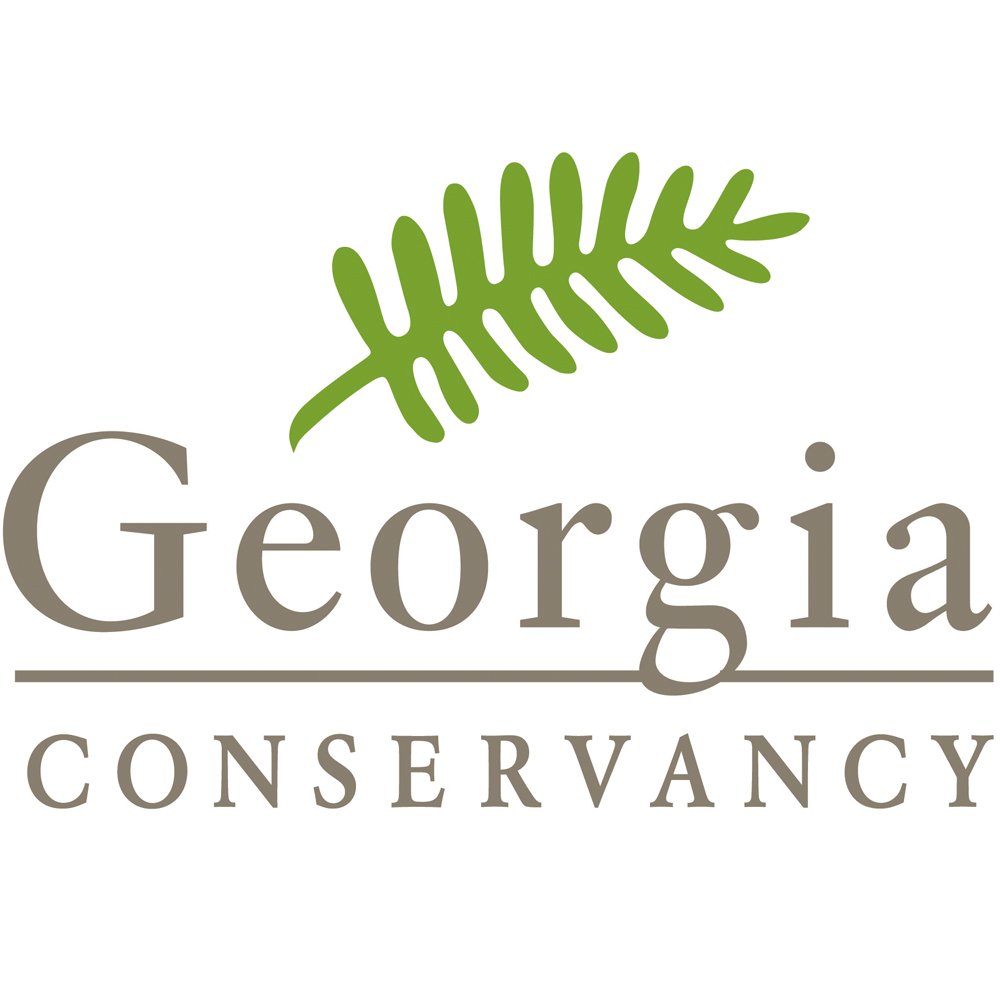Small Town Sights and Supporting the Communities that Host Them
In recent years, Georgia’s larger cities have taken great strides toward incorporating sustainability into their designs, plans, and objectives. Atlanta’s new stormwater parks and living buildings have introduced natural systems into the urban fabric, while Savannah has contemplated how to adapt its picturesque squares to climate change. These cities are often the departure points for some of our best eco-tourism destinations, including Sweetwater Creek State Park, the Chattahoochee River National Recreation Area, and the Georgia Coast.
Experiments in sustainable urban design and a renewed focus on urban parks and other outdoor recreation destinations in or around Atlanta and Savannah are undoubtedly familiar to many. But what about the rest of the state and its stunning places?
Downtown Rome by Brian Foster
In Northwest Georgia, tourists come from far and wide to visit the quaint City of Cave Spring. Its main park is home to its titular cave and spring, which has won awards for its water’s taste and quality. Nearby Rome attracts visitors to the thousands of forested acres found at Berry College, as well as to its increasingly vibrant downtown - either to paddle board on one of the three rivers or to take a stroll down historic Broad Street.
Big things are in store for the Ocmulgee Mounds National Historical Park near Macon, recently re-designated from a national monument to the “national historical park” now featured in its name. Listed on the National Register of Historic Places, the park consists of majestic vistas and ancient mounds near the Ocmulgee River and is home to lands considered sacred by the Muscogee Nation.
And let’s not forget the Red Hills Region of Southwest Georgia and North Florida. These lands support a vast variety of wildlife—quail, especially—that attract avid hunters from throughout Georgia and Florida, not to mention the entire United States. Studies have found that the economic impact of these lands exceeds $190 million.
Georgia is a state of over 10 million people. With the Atlanta metro area responsible for over half of that population, it can be easy to put our blinders on and focus only on Atlanta’s economic drivers and policy, as well as its environmental health and sustainability. However, it is clear that the rest of our state’s 500 incorporated communities can wield great economic impact or have the potential to do so.
These places are all nice to visit. When we go home, however, what do we leave behind?
Ocmulgee Mounds National Historical Park by NPS
We owe it to these places to support the cities and communities around them. By giving cities (like Cave Spring, Macon, and Thomasville) tools to grow economically and provide high quality of life while also honoring their natural environment, we can preserve and protect the natural places we treasure while building strong, sustainable cities and towns in which people want to live.
At Georgia Conservancy, we believe the best way to foster a sense of appreciation for both our great outdoor spaces, as well as our rural communities, is to visit them in person. Our Stewardship Trips program brings our members, followers, and other outdoor enthusiasts from all over the state to visit our natural wonders, including Georgia’s barrier islands, heartland rivers, and the famous Okefenokee Swamp. Our Land Conservation program works with a variety of actors, including state agencies and local land trusts, to permanently set aside land for habitat protection, outdoor recreation, and use as farm or forested lands. Lastly, our Sustainable Growth program consults with small towns across the state to help them identify economic opportunities and become more resilient.
We partner closely with communities to interweave an appreciation for their natural environment into their growth strategies. More and more people are choosing to live in places where they have easy access to the outdoors and various recreational activities. Treating local geographic and ecological features—like rivers, plants, animals, and earthworks—as both environmental and economic assets is an honest way for communities to attract residents and tourists while also reinvesting in itself and its vitality.
The Yellow River in Porterdale by William Brawley
A great example of this is the City of Porterdale, located in central Newton County just south of Covington. Flanking the Yellow River, Porterdale was a thriving mill town dating back to the 1830s. Its many historical buildings, including the mill itself, still stand, and the city has taken advantage of these historic resources by retrofitting them and breathing new life into the city. Additionally, every year the Georgia Conservancy joins the City and other partners for morning on the water, as part of the annual the Yellow River Jam, a day-long music festival held downtown. Starting upriver from town, we bring people onto the water for a contemplative paddle that lets people get up close to this history. The festival is in its fifth year and going strong, and is attended by residents of Porterdale, Newton County, and the rest of Georgia.
Events like these do well for a city’s bottom line. But even more importantly than that, they demonstrate the vibrancy and strength of Georgia’s small towns and the natural, physical environment that surrounds them. By building an appreciation for a place’s natural assets, we can be good stewards for the environment and support our special, local places in equal measure.
If your community is interested in engaging the Sustainable Growth program in this type of work, please feel free to reach out to us! www.gaconservancy.org/growth






